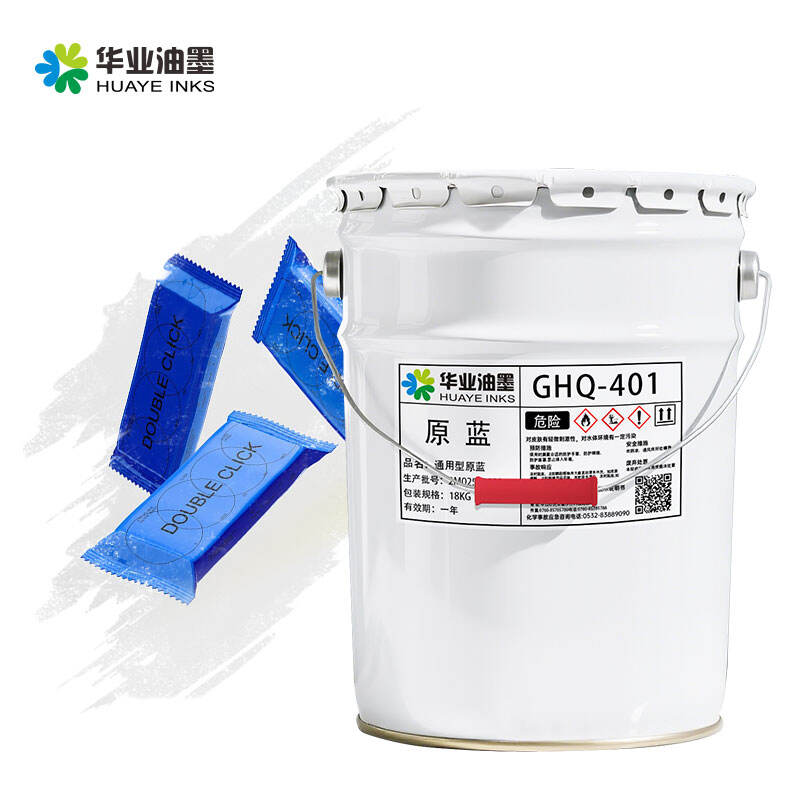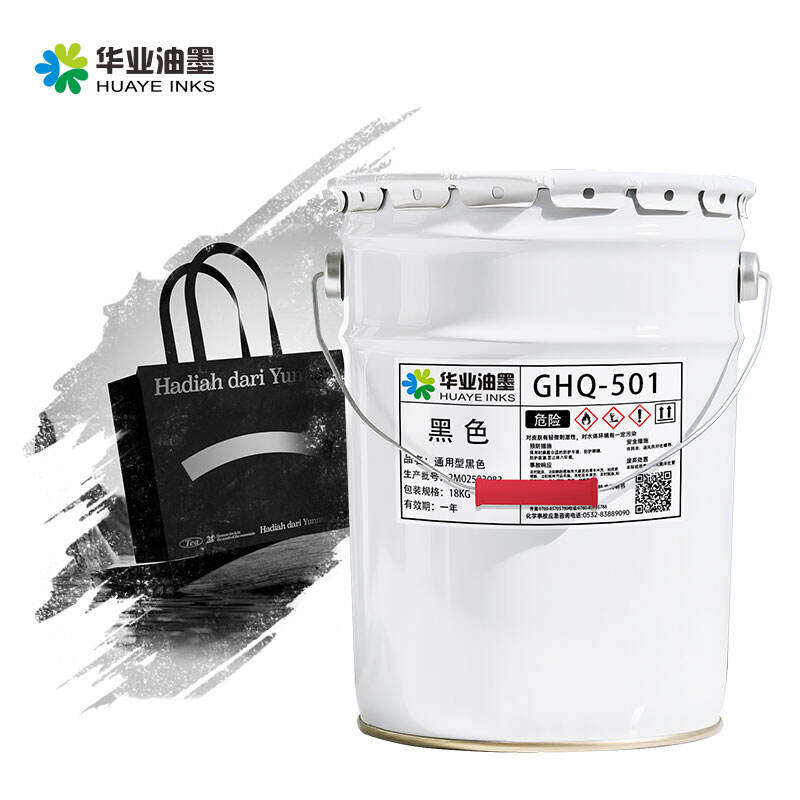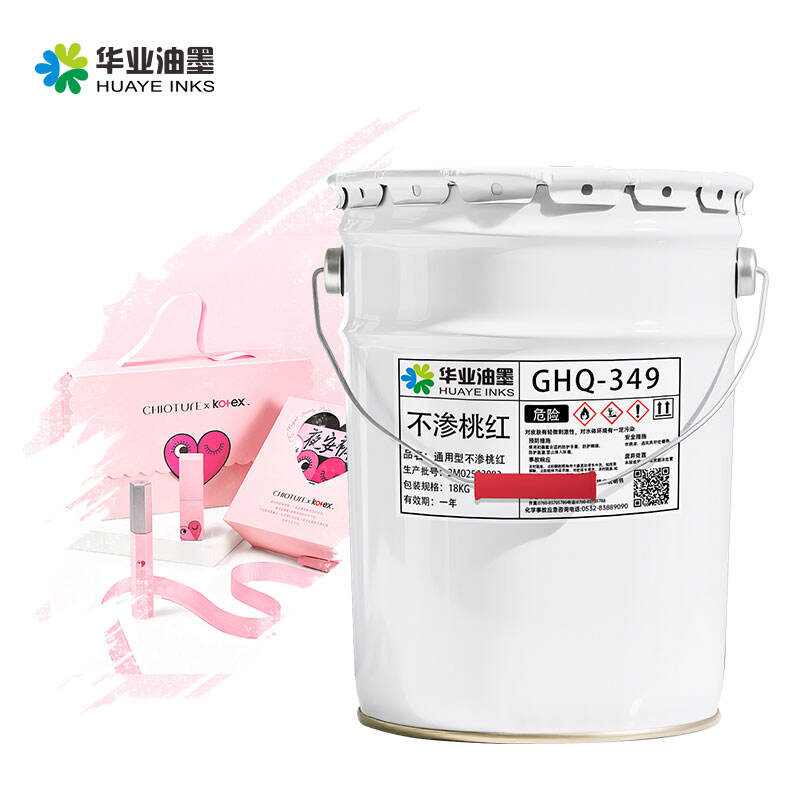No.2 Jieqing Road ,Shazai industrial Park, Minzhong Zhongshan City, Guangdong Province
Gravure solvent ink is a specialized type of ink that has carved out a significant niche in the printing industry, especially in high - volume, high - quality printing applications. The gravure printing process involves the use of engraved cylinders, where the ink is transferred from the cells on the cylinder surface to the substrate. Solvent - based gravure inks are formulated to meet the unique requirements of this process. One of the key characteristics of gravure solvent ink is its high color intensity and consistency. These inks are capable of producing rich, deep colors with excellent coverage, making them ideal for printing high - end packaging materials, such as luxury product boxes, and magazines with high - quality color images. The solvents in gravure ink are carefully chosen to ensure proper flow and transfer during the printing process. They allow the ink to fill the engraved cells of the cylinder completely and then release smoothly onto the substrate. This results in sharp, detailed prints with consistent color density across large print runs. Another important aspect is the drying speed of gravure solvent ink. In high - speed gravure printing presses, where the substrate moves at rapid rates, the ink needs to dry quickly to prevent smudging and ensure the integrity of the printed image. The solvents used in these inks evaporate rapidly, enabling fast - drying and efficient production. Gravure solvent inks also offer good adhesion to a variety of substrates, including paper, plastic films, and metal foils. This makes them suitable for a wide range of packaging applications, from food and beverage packaging to pharmaceutical and cosmetic containers. However, as environmental concerns grow, the industry is also focusing on developing more sustainable gravure solvent inks. This includes the use of more environmentally friendly solvents and the improvement of ink recovery and recycling systems to reduce waste and minimize the ecological footprint of gravure printing.


